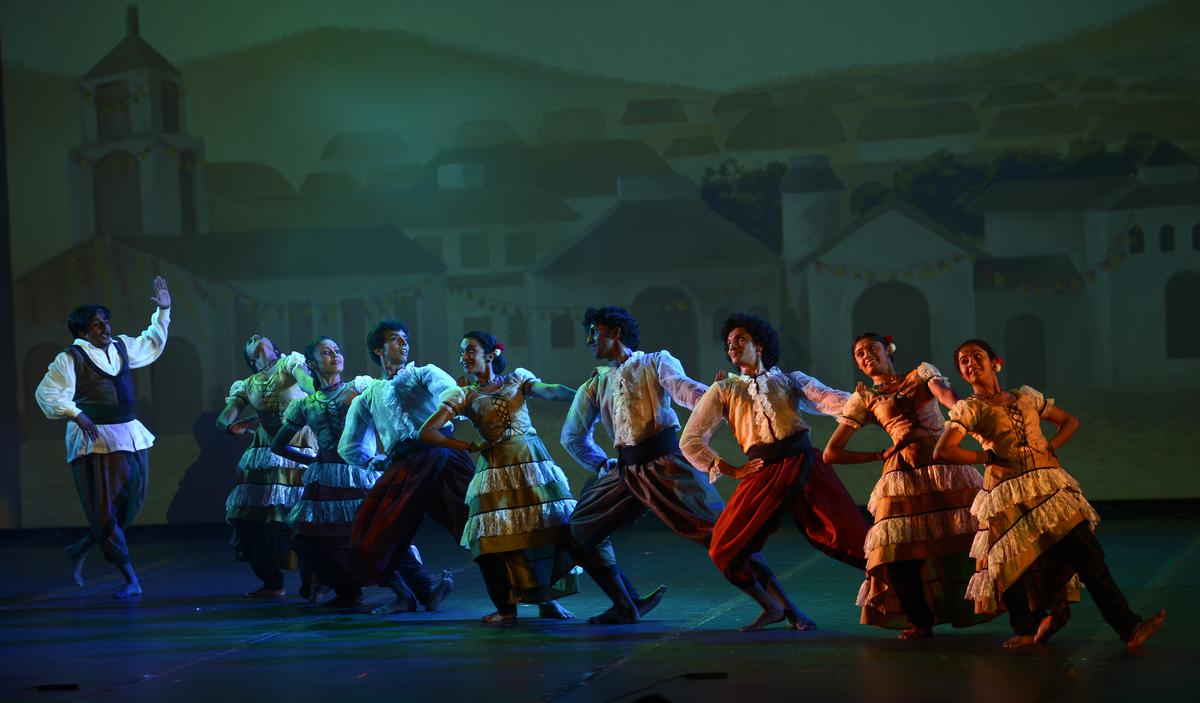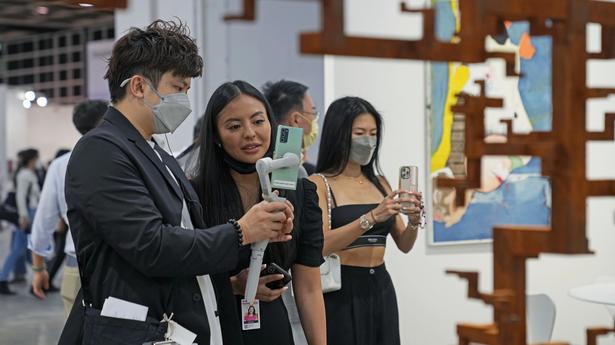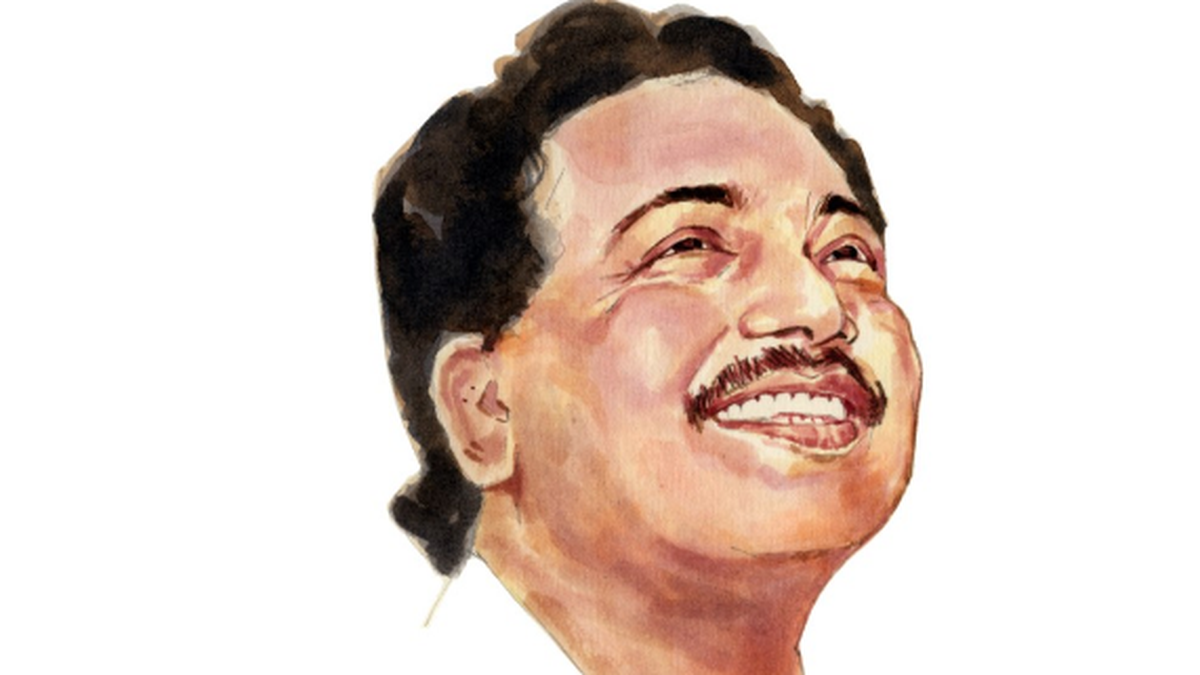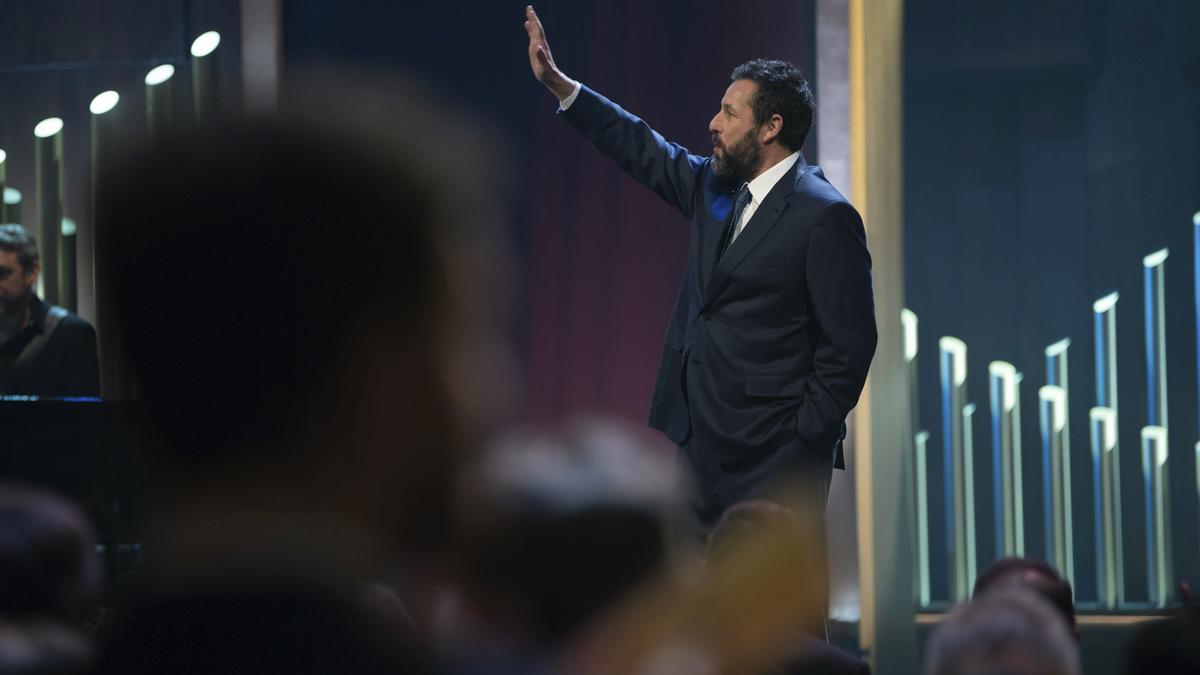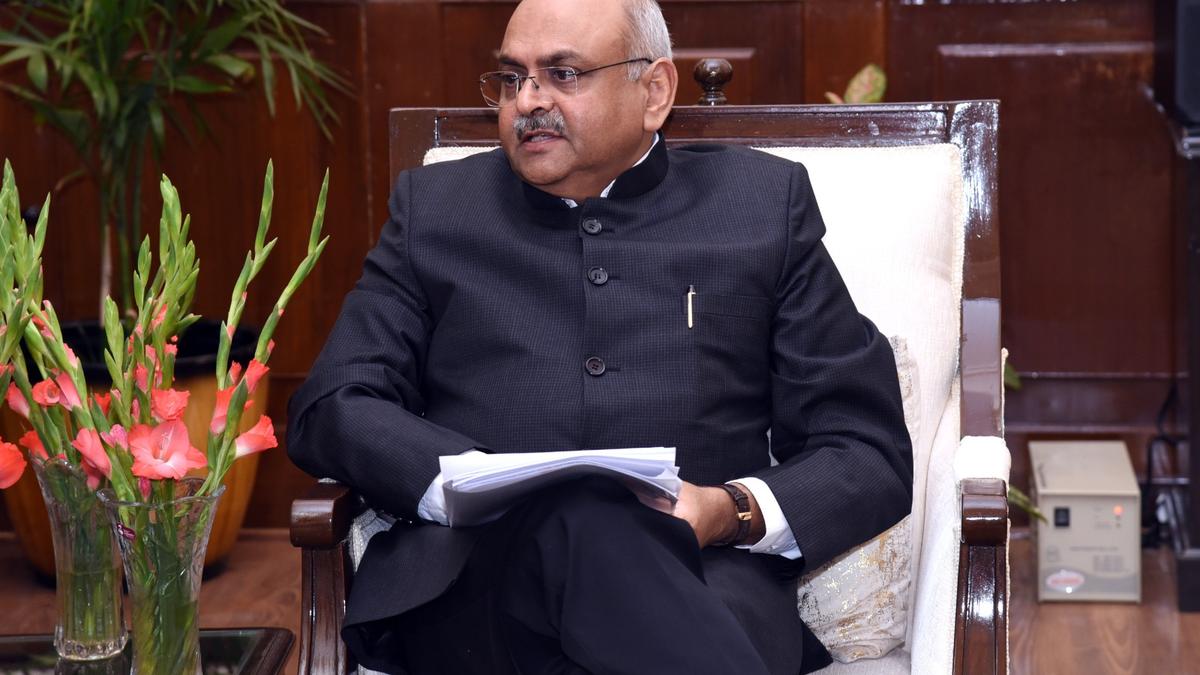With increasing experimental solo and group productions, Bharatanatyam is proving to be both adaptive and inclusive
With increasing experimental solo and group productions, Bharatanatyam is proving to be both adaptive and inclusive
When a known traditionalist like Priyadarsini Govind strays beyond the Bharatanatyam margam, one’s ears perk up. What’s the world upto? Is the classical style going out of style? “Not at all,” says Priyadarsini. “I wanted to do a live themed show in Singapore, which turned into a recording due to the pandemic. I’ve been fascinated with the concept of Maya and Kabir’s doha about the body being like a delicately woven cloth. ‘Yavanika’ was about this and the high philosophy that we, just as all of creation, are also made up of the pancha bhootas.”
The arty new-age dance on film, was a mixture of some original music and some old, familiar pieces. “I used pieces that were appropriate to the theme. It was not a margam, but one that fit loosely around it, with an alarippu, a padam, a javali and a thillana,” says the senior dancer.
This is nothing new; gurus and dancers have been venturing outside the margam for decades. Perhaps it was guru Vazhuvoor Ramaiah Pillai who looked to expand the Bharatanatyam repertoire. He made famous the Punnagavarali ‘Aadu pambe’, composed Bharatanatyam to Tyagaraja’s ‘Sadinchane’, introduced Kalki and Bharatiyar to the audience, and much more.
Rukmini Devi’s idea of ‘cultural renaissance’ extended to streamlining Bharatanatyam and using it to present theatrical dance dramas in Kalakshetra. K. Lalitha, founder, Sri Saraswathy Gana Nilayam, was another artiste who was bold enough to further the art form learnt from guru Kattumannarkoil Muthukumaraswamy Pillai, and to present dance dramas in addition to reviving folk dances like kummi and kolattam.
A Vaibhav Arekar production
| Photo Credit: Sankhya Dance Company
Versatile dance form
This is neither an exhaustive list nor a chronological diary. The who and the when is an academic question, the pliability of Bharatanatyam being the point. Whether it’s a snake dance or a group narrative, it remains Bharatanatyam. That’s the beauty of this classical art form.
But what about its history? From the research of scholars like the late V. Raghavan, Padma Subrahmanyam, Kapila Vatsyayan, and others, we learn that Bharatanatyam existed more than 3,000 years ago as the figurines from Mohenjo-daro prove. In addition to the operatic Indian dramas was Lasya, (solo dance), a forerunner of the present day Bharatanatyam. According to Raghavan, Lasya has a continuous history across India, as it was performed in courts and temples.
The Bharatanatyam we know today is a recreated style of the early 1930s. After the glorious period of the Thanjavur Quartet, who defined the adavus and made up the margam repertoire, there was a decline in its status and popularity.
Perhaps that’s why dancers capitalised on this broad canvas that is Bharatanatyam.
Padma Subrahmanyam’s Nrithyodaya, the first dance school in the South, founded by her father K. Subrahmanyam in 1942, was a melting pot of cultures that taught Bharatanatyam, Kathak, Manipuri, Kathakali and folk. When Padma started performing, she continued this pan India outlook, and presented pieces in different languages — a varnam based on a Meera bhajan in Abhogi, a raga common to both Carnatic and Hindustani, a varnam based on a Dasar nama, and a Bengali pada varnam written by Salil Chaudhry.
“Not that I wanted to be different. It came from within. I was brought up with a broad purview, that it has to be Indian, not region-specific. I did not intend to break tradition. I think I’ve enlarged the circle and not broken it,” says Padma.
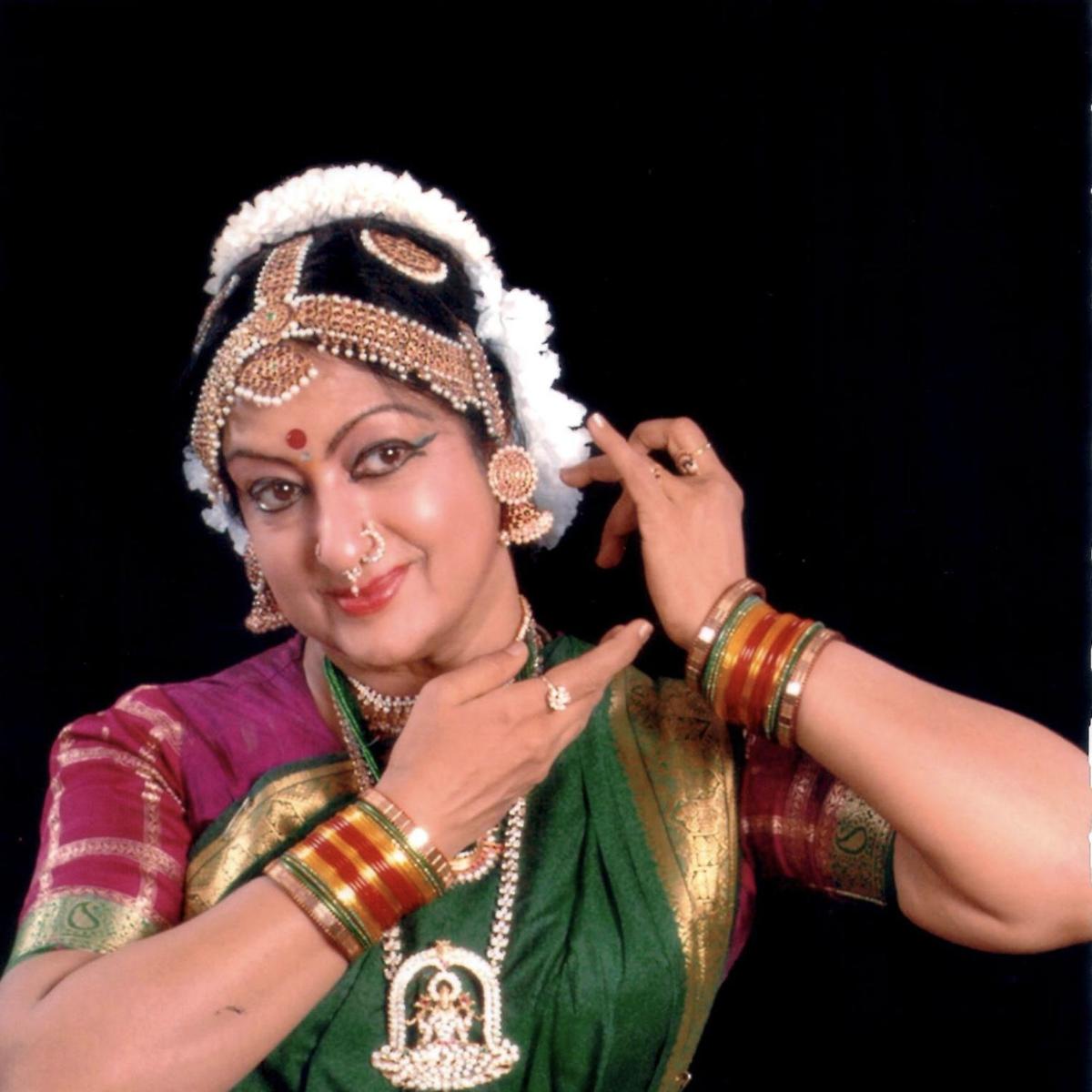
Padma Subrahmanyam
| Photo Credit: Special Arrangement
Contemporary themes
Some dancers use Bharatanatyam for contemporary themes. Malavika Sarukkai extended the dance form’s reach early on with thematic solos such as Khajuraho and Ganga Nritya Vahini. She moved on to group choreography emphasising the interplay of lights, movements and original music.
An young innovator, Sheejith Krishna, then a post graduate from Kalakshetra and a repertory dancer, presented ‘Marthyan’ on evolution of man from Stone Age, as a commentary on man’s behaviour today.
As he matured as an artiste, he took on ambitious projects such as ‘Man in the Iron Mask’ and ‘Don Quixote’, the latter without any lyrics. “I see Bharatanatyam as a language through which I can express anything. I don’t have to use margam. I personally prefer group productions,” says Sheejith.
Vaibhav Arekar, having carved a name for himself in the contemporary Bharatanatyam and dance theatre genres, likes to explore. “Whenever I have to work on a subject that is outside the margam and the framework of Shringara, I let the theme influence my structuring of the work rather than unnecessarily forcing the topic into the margam format.
“One of my early works, ‘Debotar Grash’, a Tagore poem, was about a mother losing a child in sea. I had to balance the spoken word and mime, find the space where the dance goes beyond the words”.
His production ‘Four Seasons’ had no lyrics, and explored the seasons inside the mind. “I use Bharatanatyam in varied landscapes. I believe the margam itself is a beautiful flow and structure. In fact, my latest group work, ‘Nibandhana’, done in December 2019, is margam in an ensemble choreography. As a choreographer and performer, I love to experiment and expand the framework of the art form”, says Vaibhav.
Extending the reach of Bharatanatyam is not limited to a few select dancers. Many have been attempting this, including guru K.J. Sarasa’s prime student Shanmugha Sundaram. In fact, she was supposed to have watched and approved of his ‘Amour’ in 2006. Shanmugam explores the nuances of love inspired by the works of celebrated French sculptors, Auguste Rodin and Camille Claudel, and their relationship. Shanmugam is not concerned about the technicalities of the margam. “It’s a cultural exchange. People there can understand Bharatanatyam because they know the stories. And we can understand the stories because of Bharatanatyam.”
Whatever the treatment, it remains Bharatanatyam.
The Chennai-based reviewer writes on classical dance.


